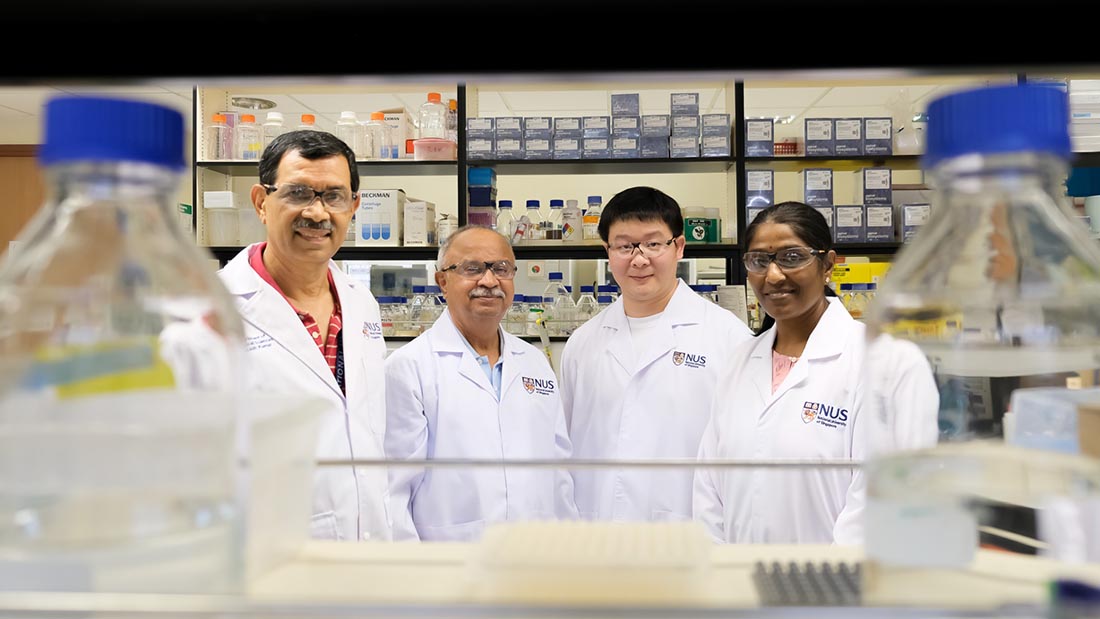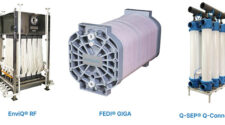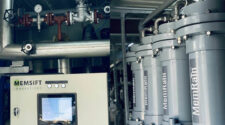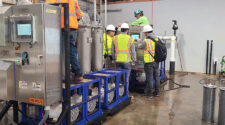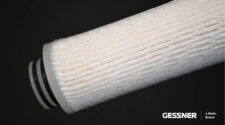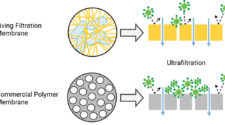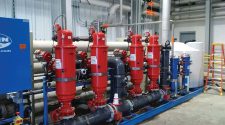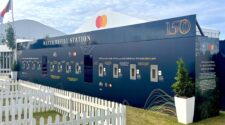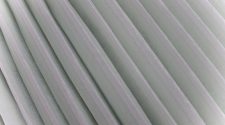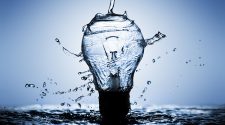A team led by scientists from the National University of Singapore’s (NUS) Department of Biological Sciences in collaboration with the French Centre for Scientific Research (CNRS) has successfully synthesised a special protein-mimic that can self-assemble into a pore structure. When incorporated into a lipid membrane, the pores permit selective transport of water across the membrane while rejecting salt (ions). These protein-mimics, known as ‘oligourea foldamers’, represent an entirely new class of artificial water channels (AWC) that can be used to improve the energy-efficiency of current methods of industrial water purification.
Current methods of water purification involve the use of reverse osmosis and membrane distillation technologies. Reverse osmosis, however, is a highly energy-intensive process as high pressures are needed to pass seawater or wastewater through a series of semi-permeable membranes to remove salts and other pollutants. In light of climate change and the growing demand for fresh water, there is an impetus to develop more energy-efficient, water-selective membranes for large-scale desalination purposes. This invention represents an excellent contribution to these efforts. The relatively high water permeability of the pores formed by these oligourea foldamers suggests that overall energy requirement for water purification can potentially be reduced.


